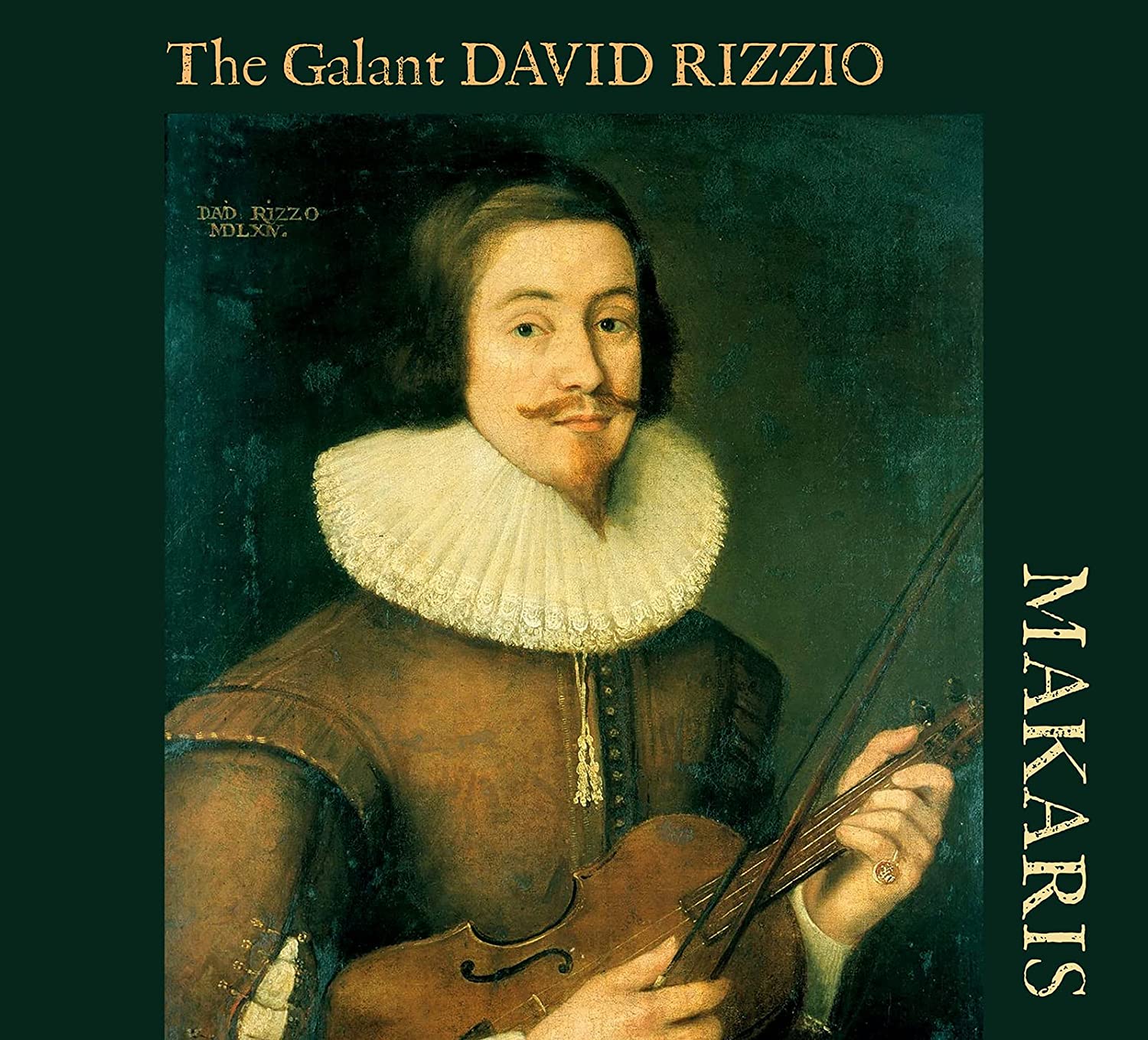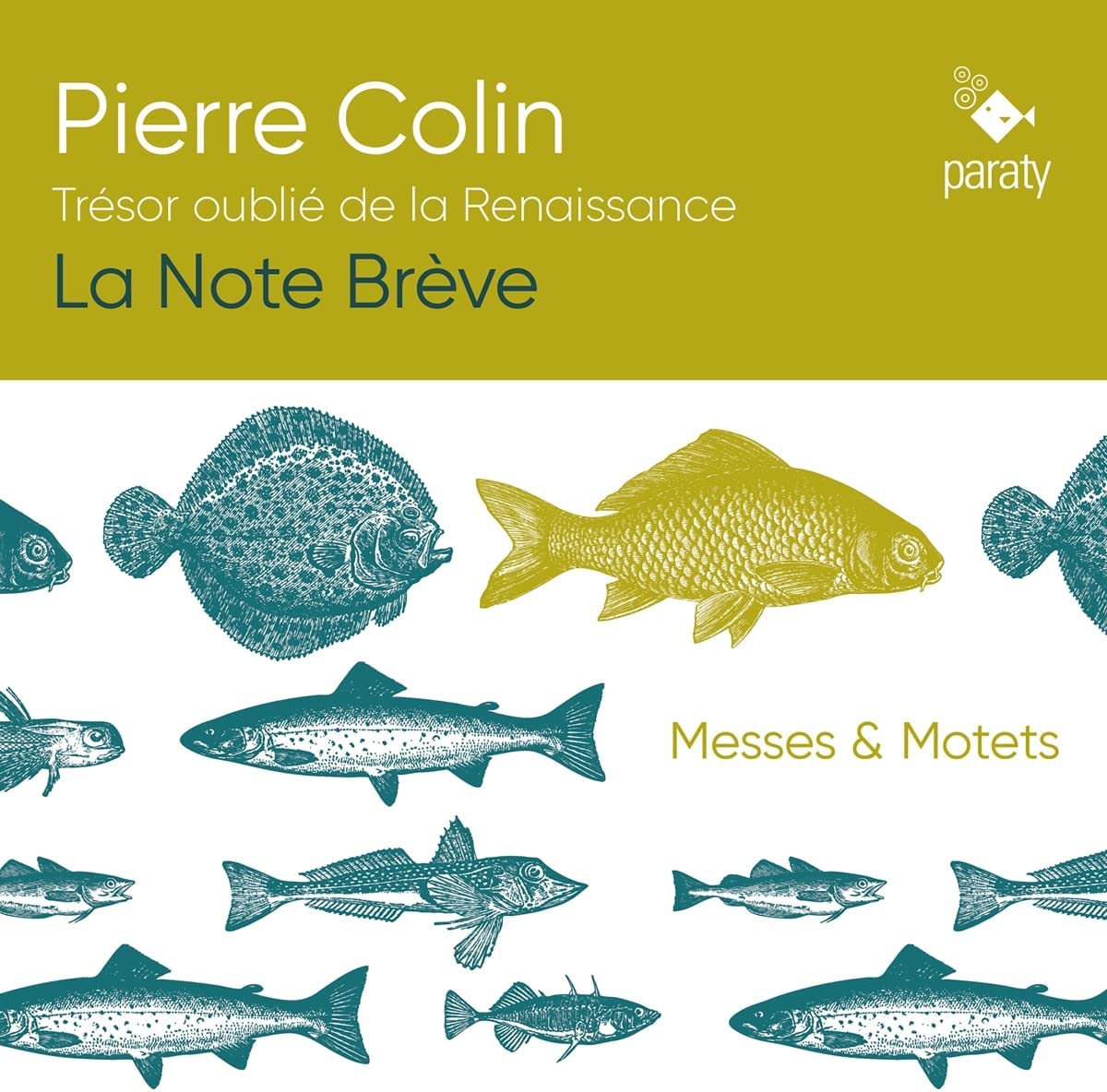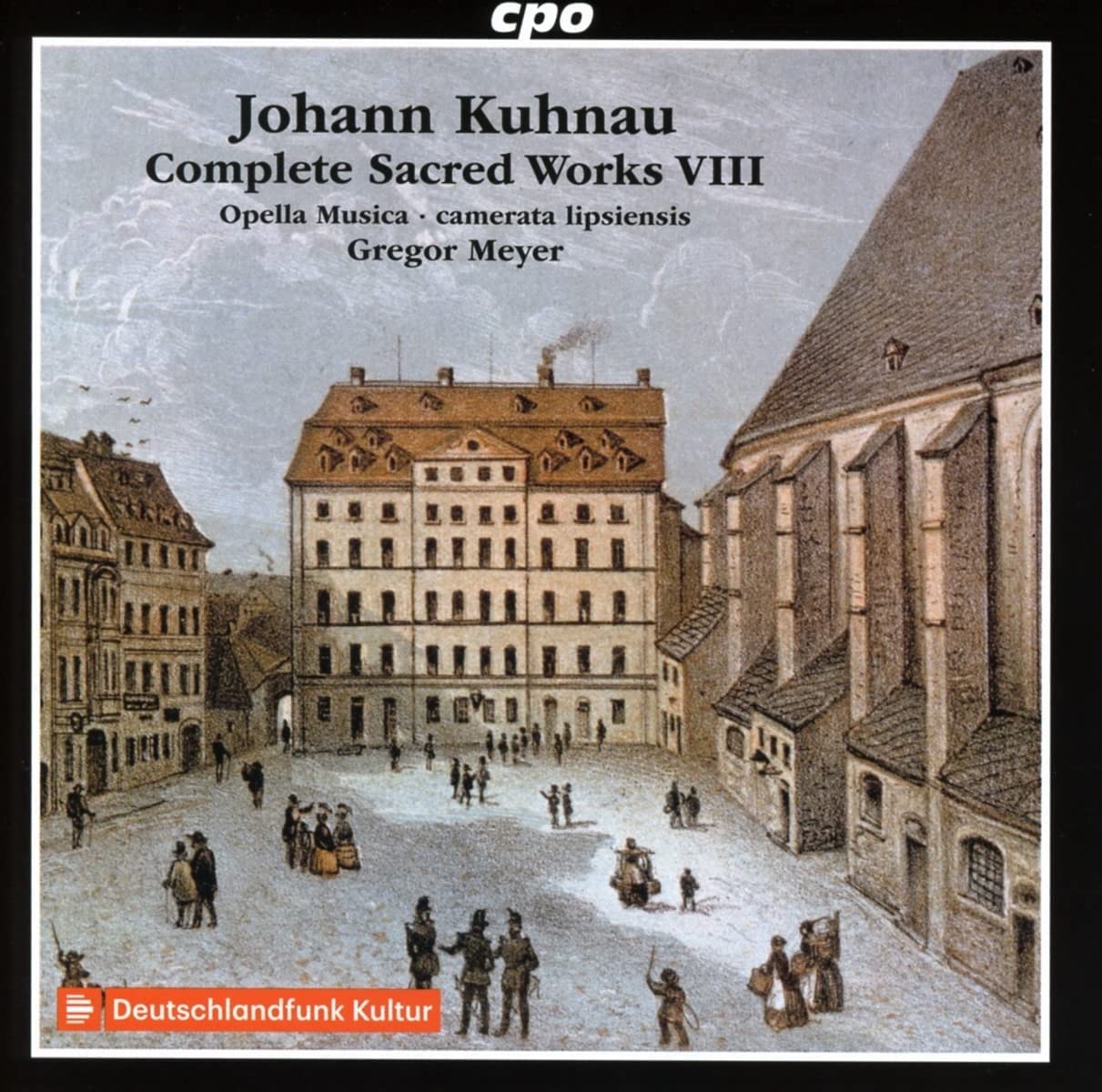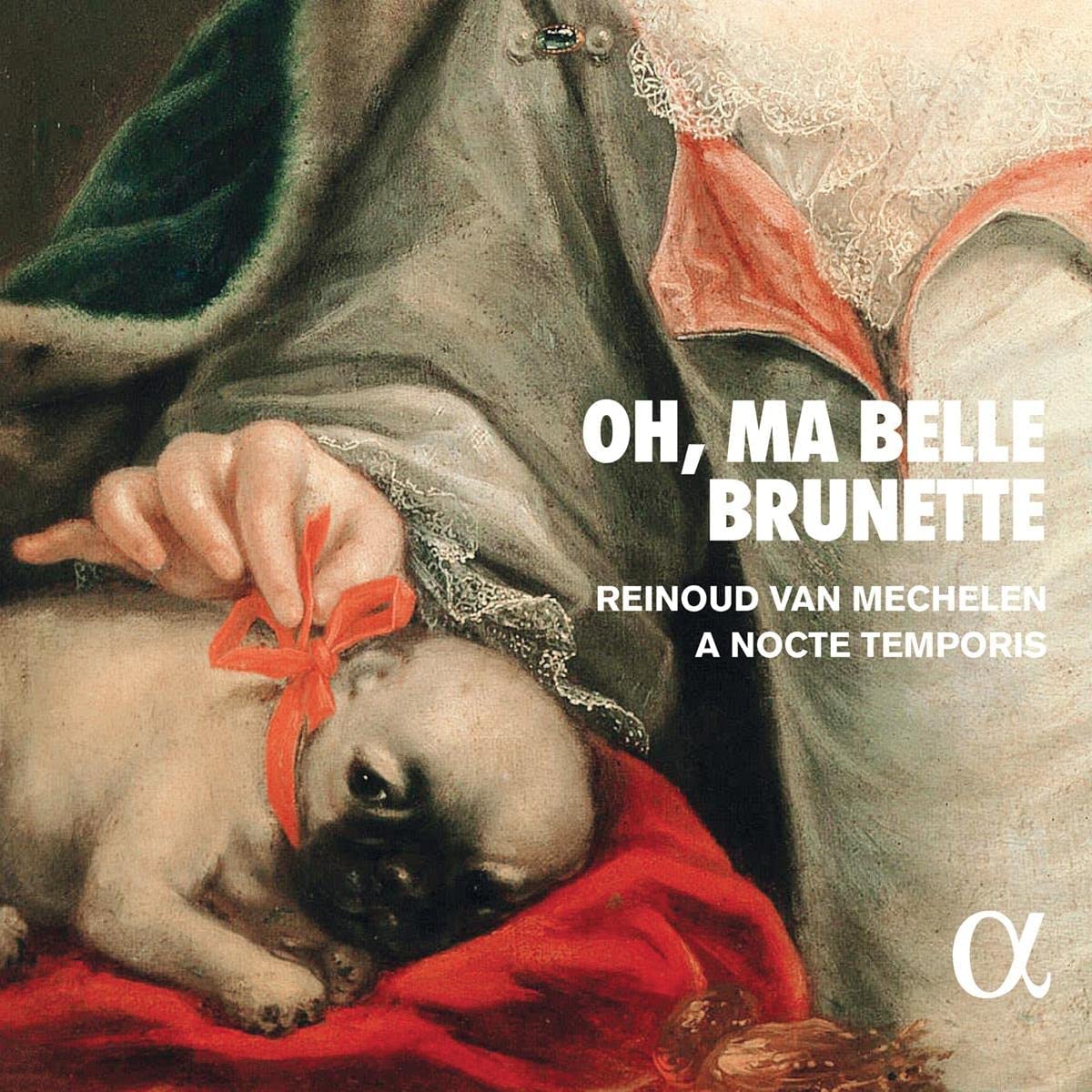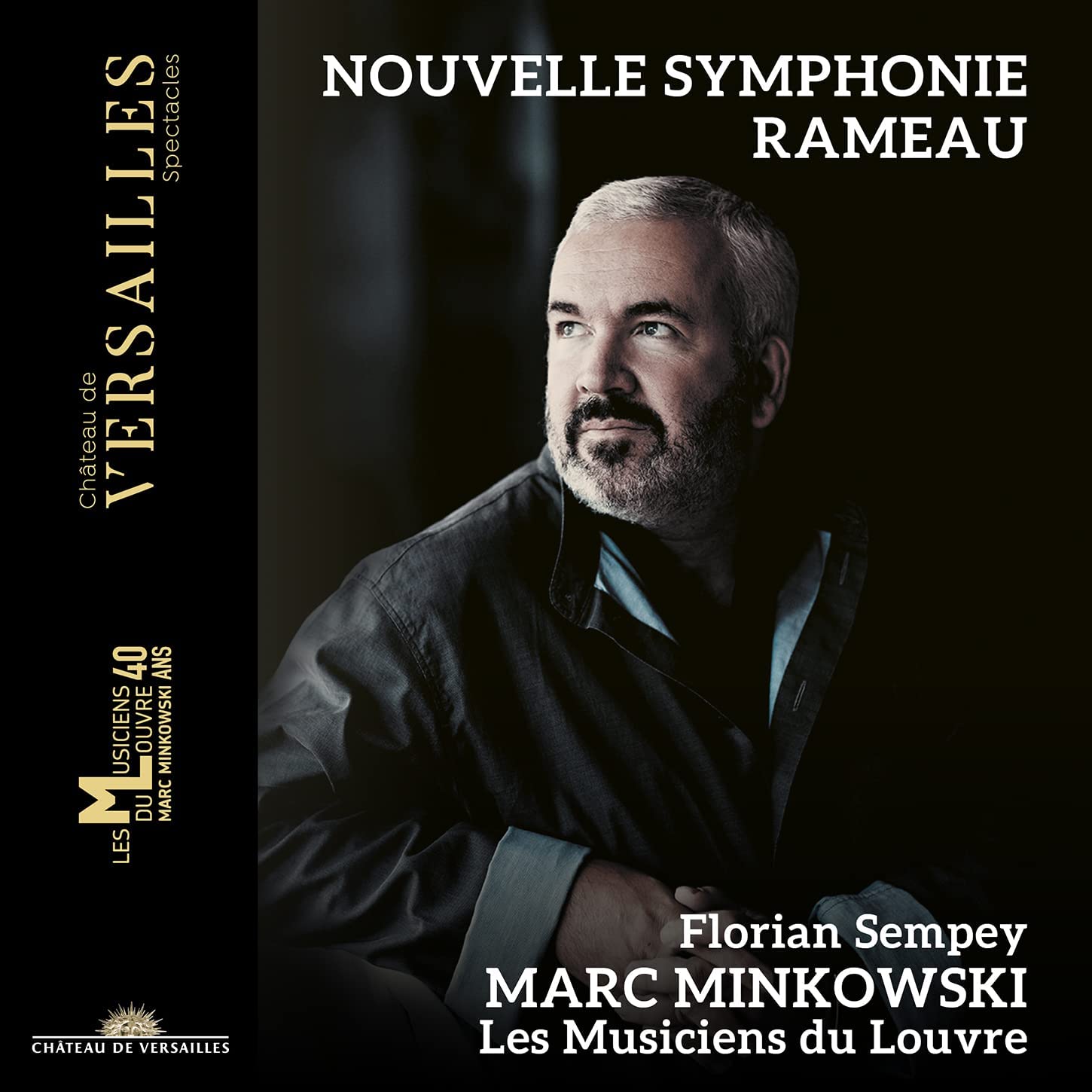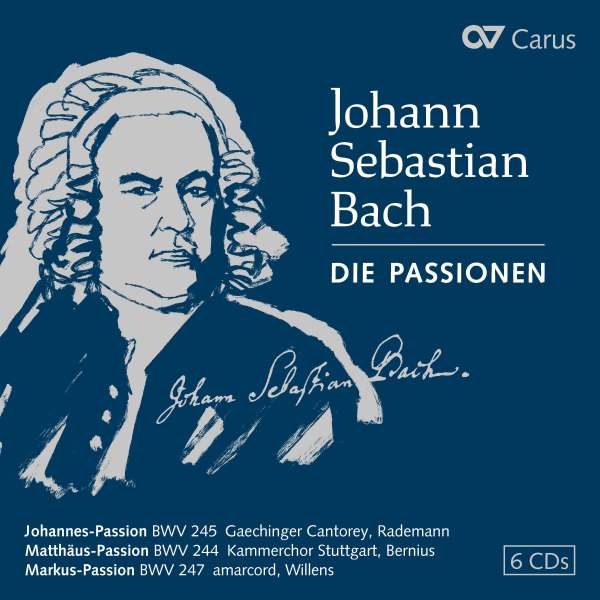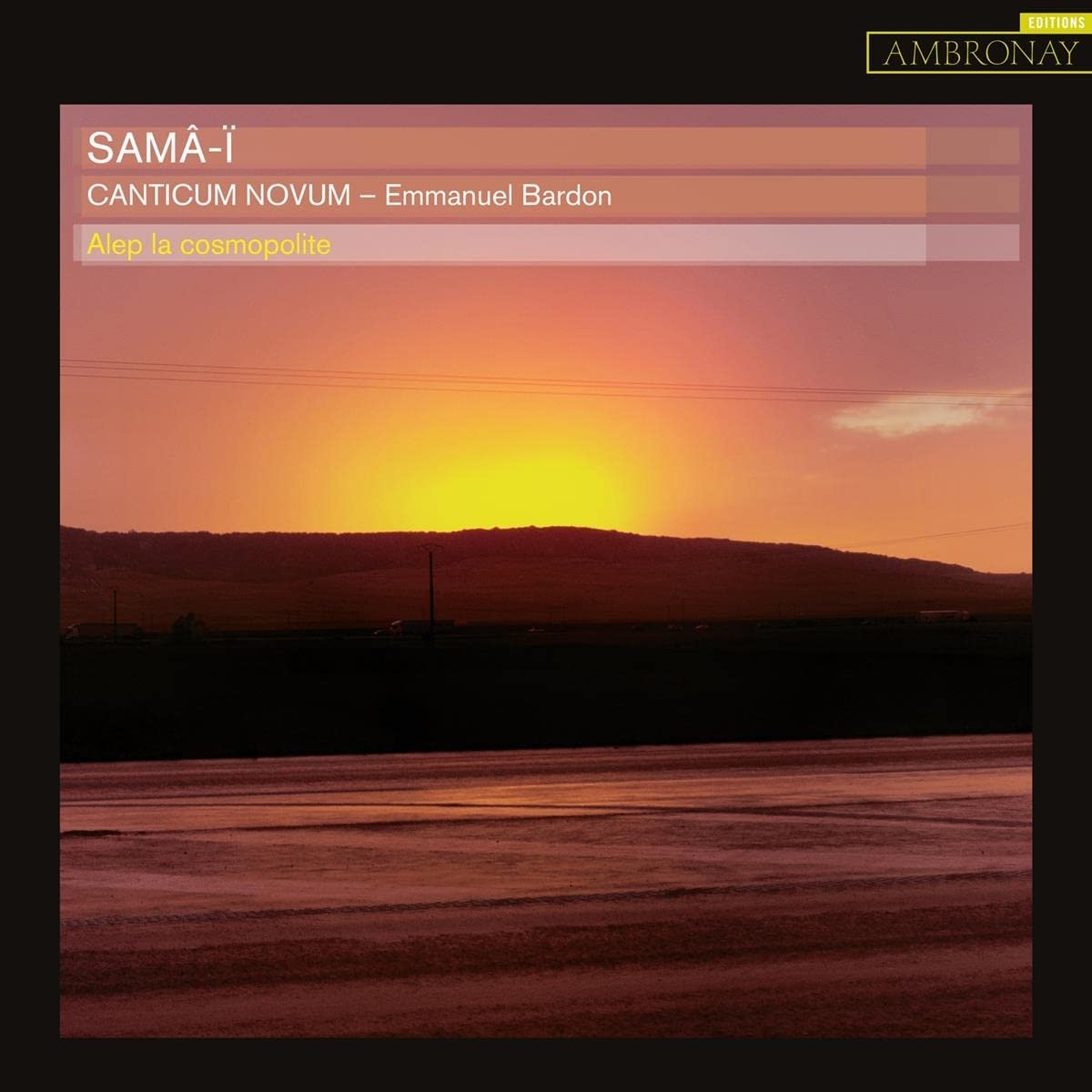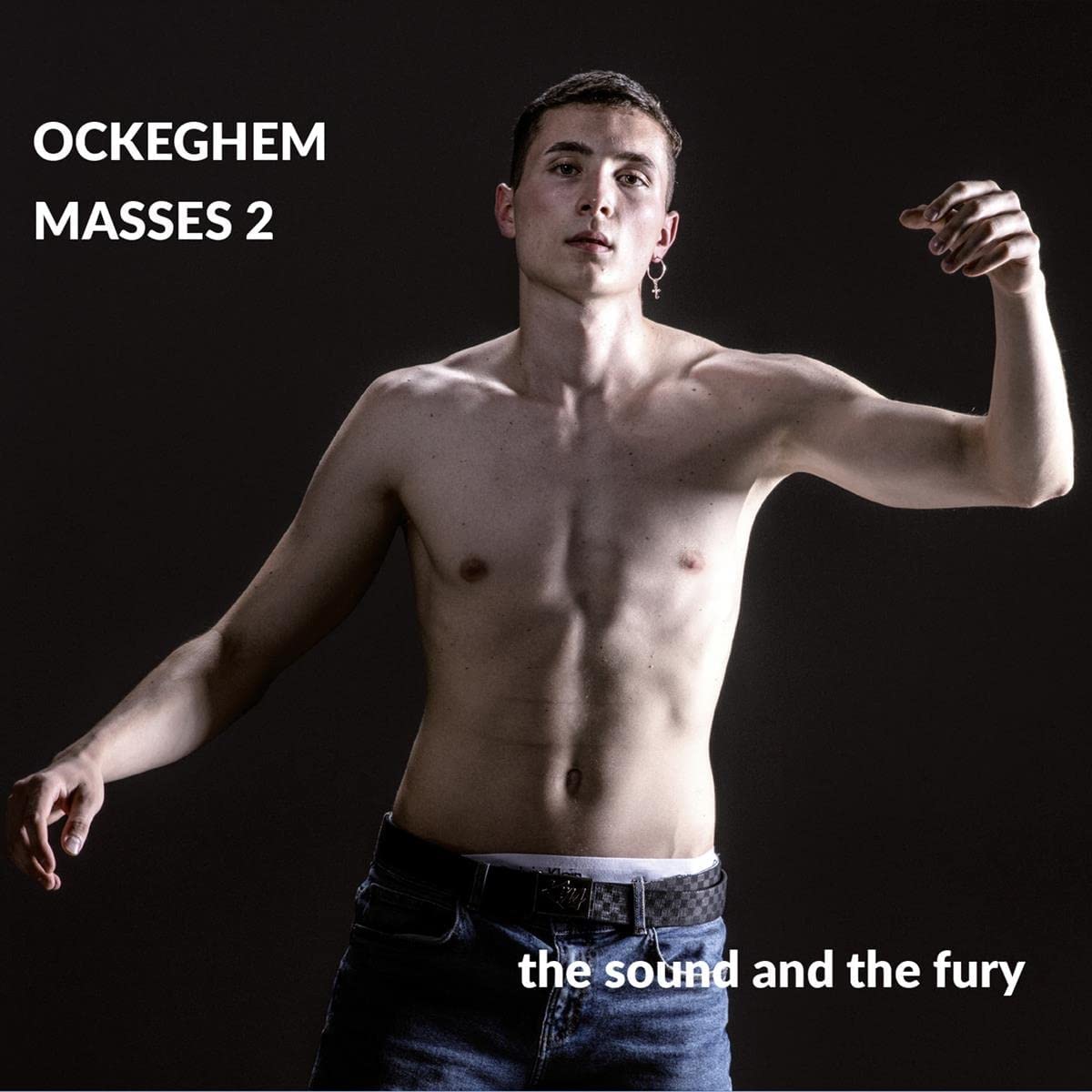Johannes-Passion BWV 245, Fassung 1749 Gaechinger Cantorey, directed by Hans-Christoph Rademann, August 2019 (CD 1 & 2)
Matthäus-Passion BWV 244 Kammerchor & Barockorchester Stuttgart, directed by Frieder Bernius, March 2015 (CD 3, 4 & 5)
Markus-Passion BWV 247 amarcord, Kölner Akademie, directed by Michael Alexander Willens, March 2009 (CD 6)
Carus CV 83.046
This boxed set from Carus of all three surviving Bach Passions offers a chance not only to hear three very different styles of performance as they were recorded by different groups in 2009, 2015 and 2019 but allows us to sample the work of the scholarly Diethard Hellmann and Andreas Glöckner in the reconstruction of the Markus-Passion, which is presented with the actor Dominique Horowitz speaking the text of Mark’s gospel for Bach’s evangelista and turba parts that are lost.
There is a degree of ‘house style’ about the performances, and both the Johannes-Passion and the Matthäus-Passion use conventional German choirs with independent soloists singing the narration and arias rather than following what we know to have been Bach’s practice in basing the singers (however many there were) around the concertisten, adding additional ripienists as available and desirable. Not so with the Markus-Passion, where the singing is performed by the ensemble amarcord – 2 sopranos, 2 altos, 2 tenors a baritone and 2 basses, a group established by former members of Leipzig’s Thomanerchor in 1992, which fulfils the sense of cohesion between the singing style of the arias and ensemble numbers – mostly chorales with just two choruses. The instrumental ensemble of the Kölner Akademie has 2 flauti (although I am sure they are traversi), 2 oboes and one fagotto, 2 gambas and a lute, 3 violins and a single viola, ‘cello and violone with an organ. So this performance, recorded live in the Frauenkirche Dresden in March 2009, sounds in many ways the most up-to-date with a clear bright sound, well-balanced in style and dynamic between the singers and players. I myself am glad to have heard an honest version of this work, so well reconstructed by Glöckner, without the borrowed or newly-composed material that appears in other editions.
For the John recording, though it is more recent (2019), we revert to the old German style of performance, with the (excellent) chamber choir and band of the Gaechinger Cantorey (25 singers with a string band of 5.4.3.2.1 and 6 woodwind, so pretty equally balanced) and five independent soloists. The evangelist is the excellent and mellifluous Patrick Grahl, who also sings the arias; Peter Harvey sings the words of Christ with Matthias Winckler singing the part of Pilate and the bass arias, so we miss hearing the Vox Christi singing Mein teurer Heiland in its sprightly D major just after the death on the cross – a key part of Bach’s understanding of Johannine theology. While Benno Schach is a good alto, I myself would not have considered Elizabeth Watts a good match in either vocal quality or style for this music in this company. Despite splendid singing from Patrick Grahl and the basses, I do not find the overall style sufficiently clear to raise it above other excellent performances.
At the head of Frieder Bernius’ 2015 Matthew Passion, there is an interesting note disclosing that he found the dynamic contrasts available to him when using only single voices in the 1980s too slight. In the mid-1990s he decided to take Bach’s famous 1730 Entwurff (which is arguing for adequate resources to enable music to be performed properly in the Leipzig churches on Sundays, allowing for illness and other hazards) at its face value, claiming it as a blueprint for what Bach thought desirable for any performance. So while aiming for clarity and a good balance between vocal and instrumental sound, this recording has, like Rademann’s John, returned to larger numbers. He uses 5.4.4.3 singers with 4.3.2.1.1 strings in Chorus I, and 4.4.3.4 with similar strings in Chorus II, drawing all the bit parts from the two choruses while leaving the evangelist part and all the arias from whichever chorus they are scored to a fine quartet of Hannah Morrison, Sophie Harmsen, Tilman Lichdi and Peter Harvey. Christian Immler sings just the Vox Christi. There is a fagotto with Chorus II, but not with I. The desire to match the vocal tone to that of the period instrument bands is entirely right, but not always convincing – such large numbers may give Bernius the dynamic range he likes, and it may make an exciting performance, but it does not necessarily make a good recording. Contrast this sound with that of the Matthew Passion by Pygmalion with Raphaël Pichon, reviewed in April.
Would I recommend this Carus boxed set? In many ways, it is a fine example of the current state of the performance tradition in Germany, and it is invaluable for the Markus-Passion in its latest edition. The scholarship behind all the editions is up to date and trustable, and the larger groups in the John and Matthew Passions are excellent of their kind. I am glad to have heard them and there is much to admire, but they do not belong on my must-have list.
David Stancliffe

